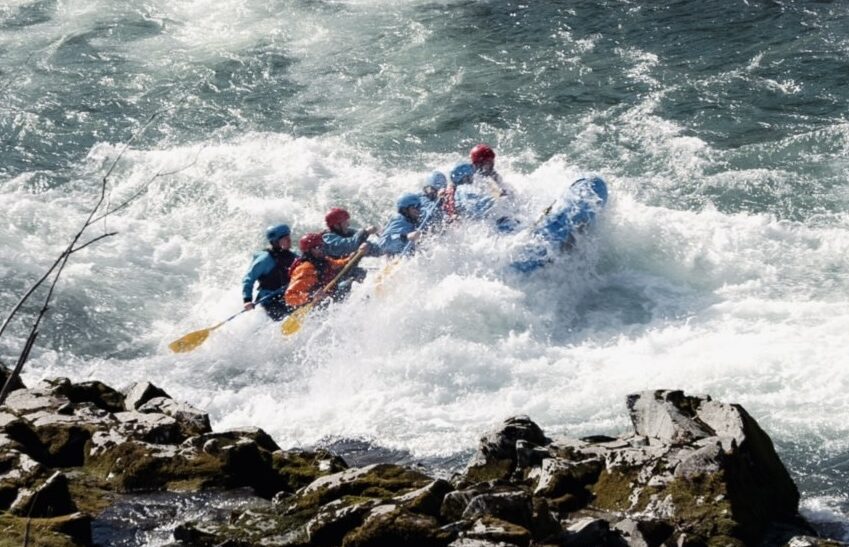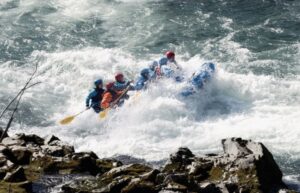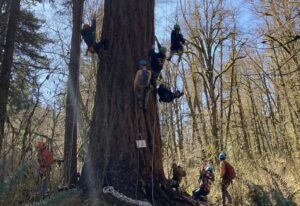Adapting and adjusting, StoneWater style
Change. Love it or hate it, it’s part of life, leadership and the world.
Last month, a multi-functional team of leaders from business, technology, education and athletics joined up in the Pacific Northwest to study, discuss and practice leading through change as part of StoneWater Training’s Adaptable Leadership Experience. This class was lead by Phil Kornachuk with over 22 years of experience serving, leading and developing elite teams within the US Army Special Operations Community. eNRG Kayaking was excited to support his group on their snowshoeing and rafting leadership adventures. Below are a couple of take aways from their trip:
Planning for the Unknown
Before diving headfirst into a new situation, a little planning goes a long way as action without direction is wasted time and energy (or worse). Here’s the key: keep it simple, flexible, and realistic.
- Map it Out: Before you head into a dynamic environment. Pause and plan a simple, flexible and realistic course of action.
- Communicate & Rehearse: Share the plan with your team and rehearse potential scenarios. This builds understanding and identifies any gaps.
- Embrace the Flow: Accept the fact that life gets a vote and the likelihood of executing your plan precisely as designed is highly unlikely – but the process aligns your team and communicates key intent, tasks and what success looks like.
- Adapt and Repeat: When conditions change and the plan is no longer feasible, cycle the process in a condensed fashion. Repeat until successful.
Leading in fluid environments
When leading your team in a fluid, ambiguous environment; awareness, communication and synchronization are key.
Once your team is in execution phase, maintain 360-degree awareness.
- Self: Where are you at? How are you leading?
- Team: Where is the team at? Are they on track?
- Environment: What may be an unexpected asset or obstacle?
- Competition: What are they doing that we’re not? Can we learn from them?
Secondly, communicate. Do you understand the team? Do they understand you?
- Maintain effective communication left, right, up and down (to your reports, peers and supervisors).
- Communicate in ways that are understood. Just because you say (or email) it, doesn’t mean they “get it”. Confirm receipt of message.
- Listening can be more important that speaking. Not just to what is being said, but also how it is being said or even what is not being said.
Finally, synchronization is key as the whole is greater than the sum of its parts.
- Align team efforts in time and space to maximize impact.
- Know and use key players’ strengths/mitigate weaknesses.
- Maintain a sustainable cadence. Know when to lay on the gas and ease on the brakes. You can’t go full speed for very long before getting gassed.
Of course, there were multiple other lessons like the criticality of having a solid personal foundation to weather change, understanding what can be adjusted and what must stay the same and many more, but the goal is for this to be a newsletter, not a leadership manual!
Contact Stonewater Training to get on a waitlist for a future experience or expedition to draw out your own leadership lessons!




